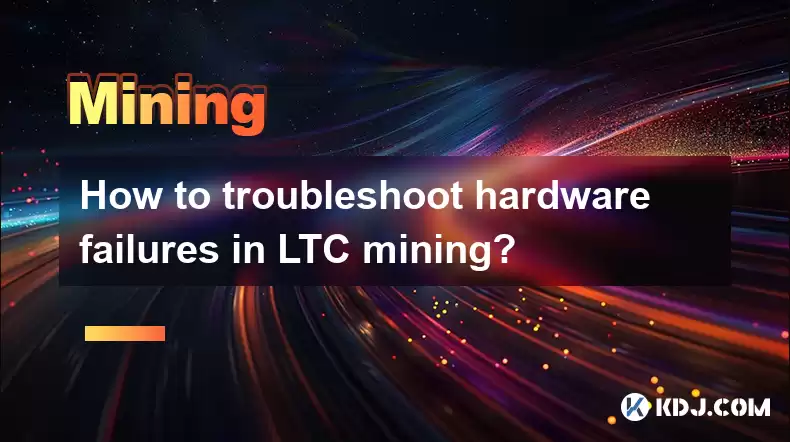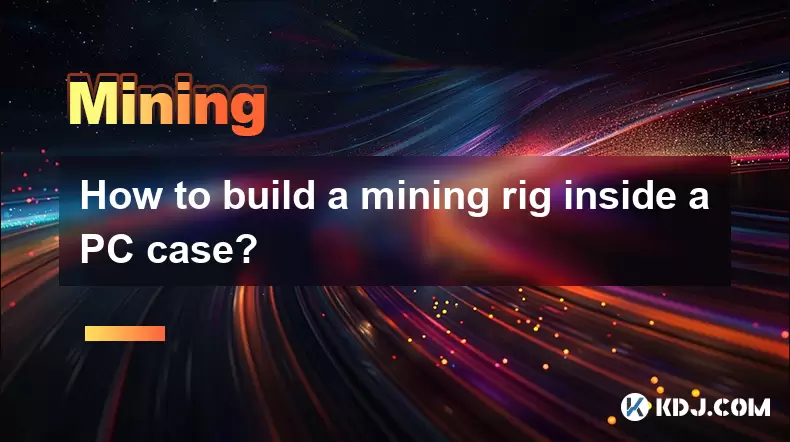-
 Bitcoin
Bitcoin $117500
2.15% -
 Ethereum
Ethereum $3911
6.19% -
 XRP
XRP $3.316
10.79% -
 Tether USDt
Tether USDt $1.000
0.01% -
 BNB
BNB $787.2
2.24% -
 Solana
Solana $175.2
4.15% -
 USDC
USDC $0.9999
0.00% -
 Dogecoin
Dogecoin $0.2225
8.40% -
 TRON
TRON $0.3383
0.28% -
 Cardano
Cardano $0.7868
6.02% -
 Stellar
Stellar $0.4382
9.34% -
 Hyperliquid
Hyperliquid $40.92
7.56% -
 Sui
Sui $3.764
7.63% -
 Chainlink
Chainlink $18.48
10.66% -
 Bitcoin Cash
Bitcoin Cash $582.1
1.88% -
 Hedera
Hedera $0.2601
6.30% -
 Avalanche
Avalanche $23.33
4.94% -
 Ethena USDe
Ethena USDe $1.001
0.02% -
 Litecoin
Litecoin $122.3
2.04% -
 UNUS SED LEO
UNUS SED LEO $8.969
-0.27% -
 Toncoin
Toncoin $3.339
0.86% -
 Shiba Inu
Shiba Inu $0.00001287
4.30% -
 Uniswap
Uniswap $10.43
7.38% -
 Polkadot
Polkadot $3.861
5.08% -
 Dai
Dai $1.000
0.02% -
 Bitget Token
Bitget Token $4.513
3.41% -
 Monero
Monero $267.7
-6.18% -
 Cronos
Cronos $0.1499
4.14% -
 Pepe
Pepe $0.00001110
5.15% -
 Aave
Aave $284.9
8.28%
How to troubleshoot hardware failures in LTC mining?
Before troubleshooting LTC mining hardware failures, identify the source (PSU, GPU, motherboard, etc.). Systematic checks, component replacements, and regular maintenance are crucial; seek professional help for complex issues.
Mar 12, 2025 at 07:30 pm

Key Points:
- Identifying the source of the hardware failure is crucial before attempting any troubleshooting.
- Common hardware failures include PSU issues, GPU malfunctions, and motherboard problems.
- Troubleshooting steps involve systematic checks and potential component replacements.
- Regular maintenance and monitoring can prevent many hardware failures.
- Seeking professional help might be necessary for complex issues.
How to Troubleshoot Hardware Failures in LTC Mining
Litecoin (LTC) mining, like any cryptocurrency mining operation, relies heavily on specialized hardware. When this hardware fails, it can significantly impact your mining profitability and potentially lead to complete downtime. Understanding how to troubleshoot these failures is essential for maintaining a smooth and efficient mining operation.
Identifying the Problem:
Before diving into troubleshooting, pinpointing the source of the failure is paramount. Is your entire rig down, or is just a single component malfunctioning? Symptoms can range from complete system shutdown to reduced hash rates or error messages. Carefully observe your mining rig's behavior to narrow down the potential culprits.
Common Hardware Failures:
Several hardware components are prone to failure in LTC mining rigs. Power Supply Units (PSUs) are often the first point of failure, especially under heavy load. Graphics Processing Units (GPUs), the workhorses of mining, can overheat, suffer from driver issues, or simply die due to wear and tear. Motherboards, responsible for connecting all components, can also fail due to overheating or power surges. Lastly, RAM and hard drives can also contribute to mining rig instability.
Troubleshooting Steps:
- Check Power Supply: Ensure your PSU is adequately powering all components. Listen for unusual noises, and visually inspect for any signs of damage. Consider testing with a known good PSU.
- Inspect GPUs: Check GPU temperatures using monitoring software. Overheating is a common cause of failure. Ensure adequate cooling is present. Examine the GPUs for any physical damage. Try reseating the GPU and checking for driver updates.
- Examine the Motherboard: Inspect the motherboard for any burn marks, loose connections, or bulging capacitors. If you find any issues, professional repair might be needed.
- Test RAM and Storage: Use memory diagnostic tools to check your RAM for errors. Run a hard drive check to ensure data integrity. Replacing faulty components is often necessary.
- Check Cables and Connections: Loose or damaged cables can disrupt power and data transmission. Ensure all connections are secure and undamaged.
Preventing Hardware Failures:
Proactive maintenance can significantly reduce the frequency of hardware failures.
- Regular Cleaning: Dust accumulation can impede cooling, leading to overheating. Regularly clean your mining rig's components.
- Temperature Monitoring: Use monitoring software to track GPU and system temperatures. Take action if temperatures exceed recommended limits.
- Overclocking Carefully: While overclocking can boost hash rates, it increases the risk of hardware damage. Proceed cautiously and monitor temperatures closely.
- Stable Power Supply: Use a high-quality, reliable PSU with sufficient wattage. Consider using a UPS (Uninterruptible Power Supply) to protect against power surges.
- Proper Ventilation: Ensure adequate airflow around your mining rig to prevent overheating.
Advanced Troubleshooting:
If the basic troubleshooting steps don't resolve the issue, more advanced techniques may be necessary. These might include:
- BIOS Updates: Check for and install the latest BIOS updates for your motherboard.
- Driver Updates: Ensure all device drivers are up-to-date.
- Memory Testing: Thoroughly test your RAM using specialized memory diagnostic tools.
- Professional Help: If you're uncomfortable working with computer hardware, it's best to seek professional help.
Common Questions:
Q: My LTC mining rig is completely unresponsive. What should I do?
A: First, check the power supply and ensure it's receiving power. Then, visually inspect the motherboard, GPUs, and other components for any obvious signs of damage. If you find nothing, it may be a motherboard or PSU failure requiring professional attention.
Q: My hash rate has dropped significantly. What could be causing this?
A: A drop in hash rate could indicate several problems, including overheating GPUs, failing GPUs, driver issues, or insufficient power supply. Check GPU temperatures, power consumption, and driver versions.
Q: My GPUs are overheating. How can I fix this?
A: Overheating GPUs usually require better cooling. Check for dust buildup and clean your rig. Ensure adequate airflow and consider adding more fans or a better cooling solution. Also, monitor your overclocking settings.
Q: What is the most common cause of hardware failure in LTC mining?
A: Overheating due to inadequate cooling is a frequent cause. However, power supply failures and GPU malfunctions are also very common.
Q: How often should I perform maintenance on my LTC mining rig?
A: Regular cleaning and monitoring are crucial. Aim to clean your rig every few weeks, and monitor temperatures daily. More frequent checks may be needed depending on your environment.
Disclaimer:info@kdj.com
The information provided is not trading advice. kdj.com does not assume any responsibility for any investments made based on the information provided in this article. Cryptocurrencies are highly volatile and it is highly recommended that you invest with caution after thorough research!
If you believe that the content used on this website infringes your copyright, please contact us immediately (info@kdj.com) and we will delete it promptly.
- Tron's Sell-Off Spurs Altcoin Shift: What's Next for TRX?
- 2025-08-08 08:30:12
- RUVI Presale: Is the Growth Potential Real?
- 2025-08-08 09:10:12
- Sleep Token's US Takeover: Thornhill Rides the 'Even In Arcadia' Wave
- 2025-08-08 08:30:12
- FTT Token's Wild Ride: Creditor Repayments vs. Market Drop - A New Yorker's Take
- 2025-08-08 07:10:12
- Floki Crypto Price Prediction: Riding the Robinhood Rocket or Just a Meme?
- 2025-08-08 07:15:12
- EigenLayer, Restaking, and Ethereum: Navigating the Hype and the Hazards
- 2025-08-08 06:30:12
Related knowledge

What is "proof-of-work" and how does it relate to mining?
Aug 07,2025 at 02:03pm
Understanding the Concept of Proof-of-WorkProof-of-work (PoW) is a consensus mechanism used in blockchain networks to validate transactions and secure...

What are the differences between mining on Windows vs. Linux?
Aug 06,2025 at 11:29pm
Overview of Cryptocurrency Mining PlatformsCryptocurrency mining involves using computational power to solve complex cryptographic puzzles and validat...

How to use an old computer for cryptocurrency mining?
Aug 07,2025 at 12:42pm
Understanding the Feasibility of Using an Old Computer for MiningUsing an old computer for cryptocurrency mining may seem outdated, but it is still te...

Can you mine cryptocurrency using solar power?
Aug 07,2025 at 12:00am
Understanding the Basics of Cryptocurrency MiningCryptocurrency mining involves validating transactions on a blockchain network by solving complex cry...

How to build a mining rig inside a PC case?
Aug 06,2025 at 11:01pm
Understanding the Basics of a Mining Rig in a PC CaseBuilding a mining rig inside a PC case involves transforming a standard computer chassis into a d...

What are the best cryptocurrencies to mine with an ASIC?
Aug 08,2025 at 01:22am
Understanding ASIC Mining and Its Role in CryptocurrencyASIC stands for Application-Specific Integrated Circuit, a specialized hardware designed to pe...

What is "proof-of-work" and how does it relate to mining?
Aug 07,2025 at 02:03pm
Understanding the Concept of Proof-of-WorkProof-of-work (PoW) is a consensus mechanism used in blockchain networks to validate transactions and secure...

What are the differences between mining on Windows vs. Linux?
Aug 06,2025 at 11:29pm
Overview of Cryptocurrency Mining PlatformsCryptocurrency mining involves using computational power to solve complex cryptographic puzzles and validat...

How to use an old computer for cryptocurrency mining?
Aug 07,2025 at 12:42pm
Understanding the Feasibility of Using an Old Computer for MiningUsing an old computer for cryptocurrency mining may seem outdated, but it is still te...

Can you mine cryptocurrency using solar power?
Aug 07,2025 at 12:00am
Understanding the Basics of Cryptocurrency MiningCryptocurrency mining involves validating transactions on a blockchain network by solving complex cry...

How to build a mining rig inside a PC case?
Aug 06,2025 at 11:01pm
Understanding the Basics of a Mining Rig in a PC CaseBuilding a mining rig inside a PC case involves transforming a standard computer chassis into a d...

What are the best cryptocurrencies to mine with an ASIC?
Aug 08,2025 at 01:22am
Understanding ASIC Mining and Its Role in CryptocurrencyASIC stands for Application-Specific Integrated Circuit, a specialized hardware designed to pe...
See all articles

























































































